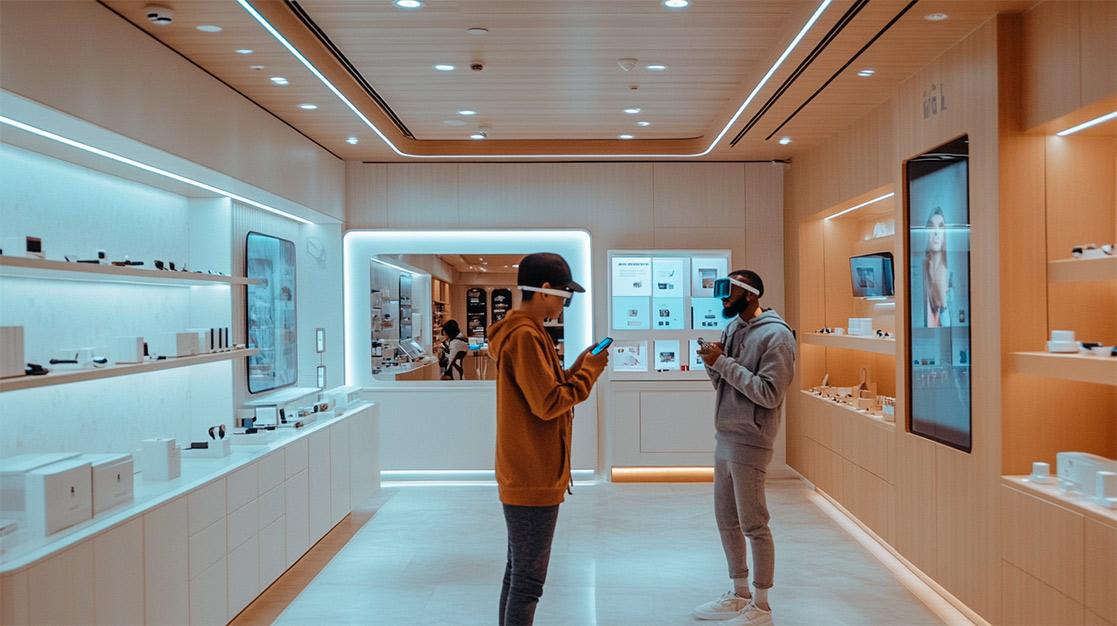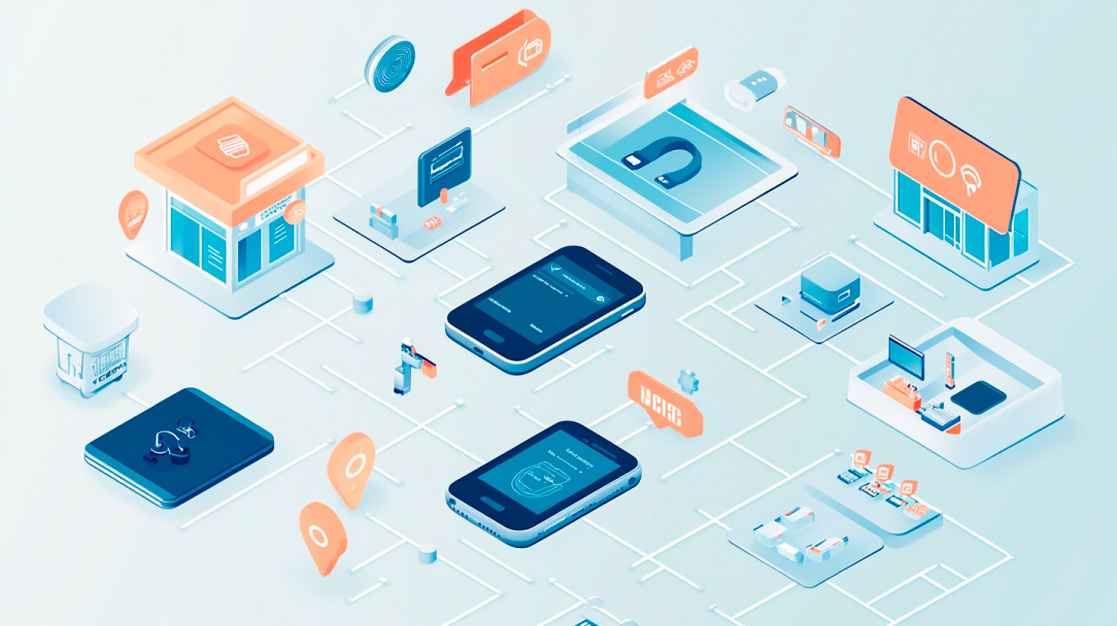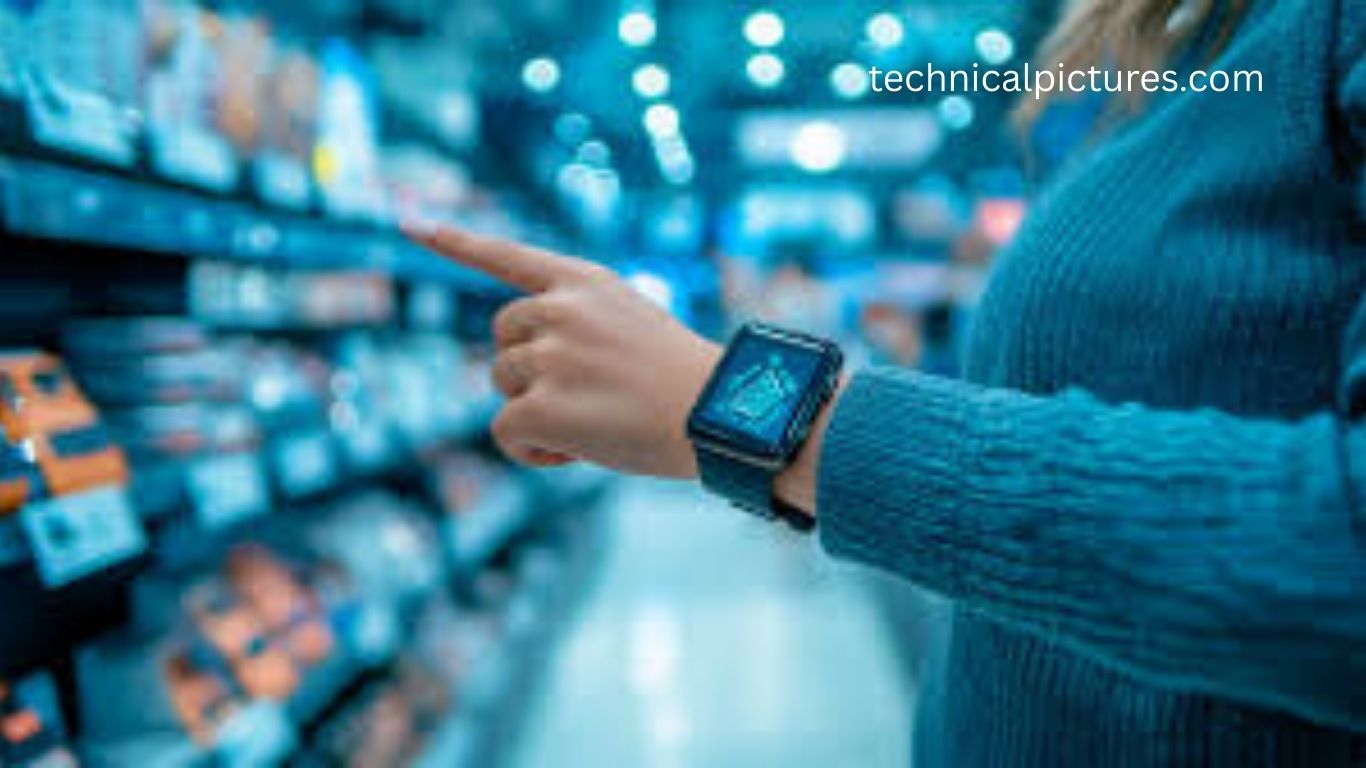Wearable technology has rapidly moved from being a futuristic concept to becoming a powerful reality that is reshaping the way consumers shop and engage with brands. Smartwatches, fitness trackers, smart glasses, and even connected clothing are no longer just lifestyle accessories; they have become vital tools in creating seamless, data-driven shopping experiences. For retailers, wearable devices represent an opportunity to connect the dots between online and offline channels, making the omnichannel journey more personalized, convenient, and immersive than ever before.
Read More: Five Eco-Friendly Tech Innovations Shaping a Sustainable Tomorrow
In this article, we’ll explore how wearable technology is transforming omnichannel retail, its benefits for businesses and consumers, real-world use cases, challenges to adoption, and what the future holds for this exciting innovation.
What is Wearable Technology, and Why Does it Matter in Retail?
Wearable technology refers to electronic devices designed to be worn on the body, often with sensors and connectivity features. Examples include:
- Smartwatches such as Apple Watch or Samsung Galaxy Watch.
- Fitness trackers like Fitbit, Garmin, or Xiaomi bands.
- Smart glasses offering augmented reality experiences.
- Connected clothing with embedded sensors for health, fitness, or convenience.
These devices collect and transmit real-time data about users—ranging from location to movement patterns, health indicators, and shopping preferences. In the retail space, this information is gold. It allows businesses to offer personalized recommendations, targeted promotions, and frictionless services that align with customer needs. As a result, wearable technology has become a cornerstone in building a connected omnichannel ecosystem.

Benefits of Wearable Technology for Retailers
For retailers striving to deliver consistency across digital and physical touchpoints, wearables bring several advantages:
Real-Time Customer Engagement
Retailers can send personalized notifications, promotions, or product suggestions to customers the moment they enter a store. Imagine receiving a discount alert for your favorite coffee as you pass by a café—it’s instant, relevant, and engaging.
Contactless Payments
Smartwatches and fitness bands with NFC technology make payments faster, safer, and more convenient. This reduces checkout friction and enhances customer satisfaction, especially in high-traffic environments.
Rich Data Insights
Wearables track shopping behaviors, visit frequency, product preferences, and even in-store movement. Retailers can analyze this data to refine segmentation, optimize store layouts, and design more relevant campaigns.
Enhanced Customer Loyalty
By integrating wearables into loyalty programs, brands can tailor rewards based on customer activity, purchases, or engagement levels, fostering stronger emotional connections.
The Role of Wearables in the Omnichannel Experience
A successful omnichannel strategy hinges on consistency across online and offline platforms. Wearables play a pivotal role by ensuring shoppers experience seamless continuity. For example:
- A smartwatch can notify customers about an item left in their online cart while they’re in a nearby store.
- Smart glasses may display personalized product information when a customer scans a shelf.
- Fitness trackers can sync with retail apps to suggest healthier food options in a grocery store.
This fluid integration ensures customers feel connected with a brand, regardless of whether they are browsing online, visiting a physical store, or engaging through mobile apps.
The Importance of Real-Time Data
Real-time data is one of the biggest advantages of wearable devices in retail. By analyzing live information, retailers can respond instantly to consumer needs. Examples include:
- Location-based offers: Sending product recommendations or discounts when customers are near specific aisles.
- Mood-driven promotions: Fitness bands can track heart rate or stress levels, enabling retailers to promote products or services aligned with the customer’s emotional state.
- Behavioral personalization: Shoppers who regularly browse fitness apparel online might receive exclusive in-store promotions for workout gear.
This dynamic personalization enhances engagement, boosts sales, and improves the overall shopping journey.
Personalization and Customer Loyalty
Wearables make loyalty programs more interactive and meaningful. Instead of generic rewards, brands can design tailored incentives based on user behavior. Examples include:
- Rewarding fitness tracker users with discounts when they meet activity milestones.
- Offering exclusive deals to frequent store visitors based on geolocation data.
- Providing instant reward points when a wearable-enabled purchase is completed.
These personalized experiences foster deeper emotional connections and keep customers engaged with the brand over time.
Use Cases of Wearable Technology in Retail
Activity-Based Loyalty Programs
Some retailers already integrate wearables with their loyalty platforms. For example, customers who achieve a daily step count or fitness goal may earn discounts or bonus points redeemable in-store or online.
Contextual Marketing and Instant Promotions
Wearables enable location-based triggers, notifying customers about promotions the moment they enter a store. This real-time interaction ensures timely engagement, increasing the likelihood of conversions.
Frictionless Payments
Wearables integrated with digital wallets simplify checkout. No cards, no cash—just a quick tap of the wrist for a secure, seamless transaction. This not only improves convenience but also enhances trust and safety in the post-pandemic retail world.
Challenges of Wearable Adoption in Retail
Despite their benefits, adopting wearable technology in retail is not without challenges.

Privacy and Data Security
Wearables collect sensitive personal information. Retailers must safeguard this data with advanced encryption, comply with regulations such as GDPR, and maintain consumer trust through transparent practices.
System Integration
To fully leverage wearables, retailers must integrate them with customer relationship management (CRM), customer data platforms (CDP), and point-of-sale systems. Without proper integration, the omnichannel experience risks becoming fragmented.
Consumer Adoption Rates
While wearable adoption is growing, not every customer owns or actively uses these devices. Retailers need hybrid strategies to engage both wearable and non-wearable users.
The Future of Wearables in Omnichannel Retail
As artificial intelligence, augmented reality, and predictive analytics evolve, wearables will become even more powerful in retail. Future possibilities include:
- Virtual Shopping Assistants: Wearables may connect customers directly with AI-powered assistants who guide them through stores and suggest products.
- Immersive AR Experiences: Smart glasses could allow shoppers to visualize furniture in their homes or compare products virtually while in-store.
- IoT-Connected Retail Spaces: Wearables may interact with in-store devices, like smart mirrors suggesting outfits or shelves adjusting promotions in real-time.
These innovations will push the boundaries of personalization and create shopping experiences that are not only seamless but also immersive and memorable.
Frequently Asked Questions:
What is wearable technology in retail?
Wearable technology in retail refers to devices like smartwatches, fitness bands, and smart glasses that collect real-time data, enabling personalized shopping experiences and seamless integration across online and offline channels.
How do wearables enhance the omnichannel shopping experience?
Wearables connect digital and physical touchpoints by offering features like real-time promotions, location-based recommendations, contactless payments, and personalized loyalty rewards, making shopping more seamless and engaging.
What are the key benefits of wearable technology for retailers?
Key benefits include improved customer engagement through instant notifications, faster checkouts with contactless payments, valuable data insights into shopping habits, and the ability to design personalized loyalty programs.
Can wearable devices improve customer loyalty?
Yes. Wearables enable brands to create personalized loyalty programs, such as rewarding customers based on physical activity, purchase frequency, or in-store visits, which strengthens emotional connections with the brand.
What challenges do retailers face when adopting wearable technology?
Challenges include ensuring data privacy and security, integrating wearables with existing CRM and point-of-sale systems, and addressing the fact that not all customers own or use wearables.
How does real-time data from wearables benefit retailers?
Real-time data helps retailers understand customer behavior, track in-store movement, and deliver targeted promotions instantly, creating a more personalized and effective omnichannel strategy.
What is the future of wearable technology in omnichannel retail?
The future includes advanced features like AI-powered virtual assistants, immersive shopping through smart glasses, and deeper integration with IoT devices, offering customers highly personalized and interactive retail experiences.
Conclusion
Wearable technology is redefining the future of omnichannel retail by bridging the gap between digital and physical shopping experiences. From real-time data insights and frictionless payments to hyper-personalized loyalty programs, wearables empower retailers to engage customers in ways that feel seamless, convenient, and memorable. While challenges such as data privacy and system integration remain, the opportunities are vast. As innovations like artificial intelligence, augmented reality, and IoT evolve, wearable devices will play an even greater role in shaping personalized, immersive shopping journeys.

